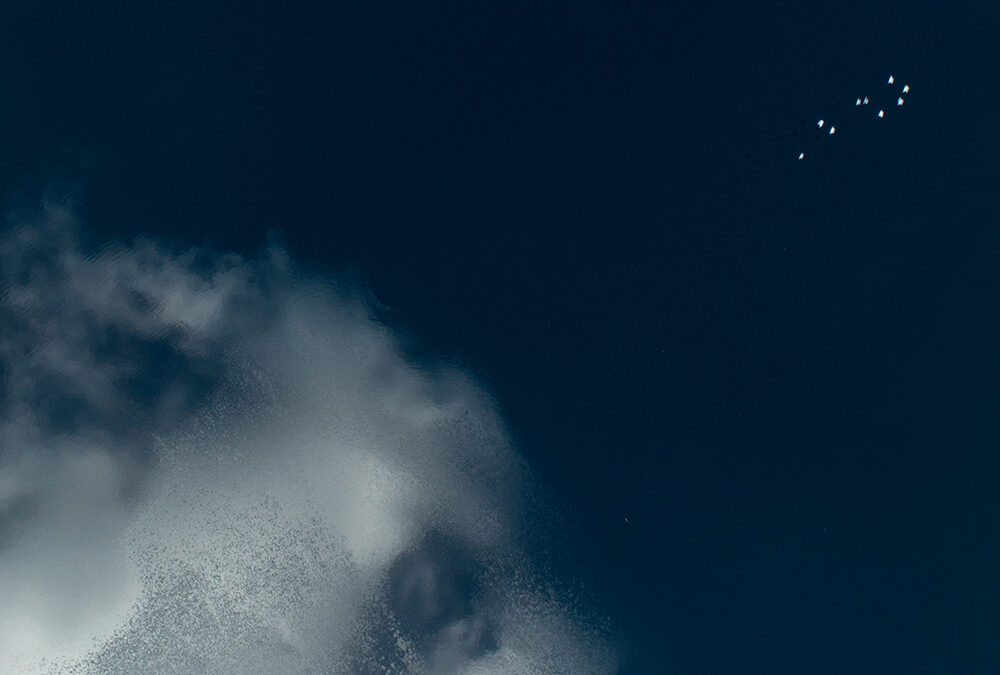
by lizzi | May 13, 2020 | News & Updates, Newsletter Vol. 8
By Burch Barger As is the case for so many things these days, Benjamin Galland’s solo photography exhibit at Atlanta Hartsfield-Jackson airport is on hold while the world battles Coronavirus. Titled “Georgia Has a Coast” and destined to hang in the domestic terminal...
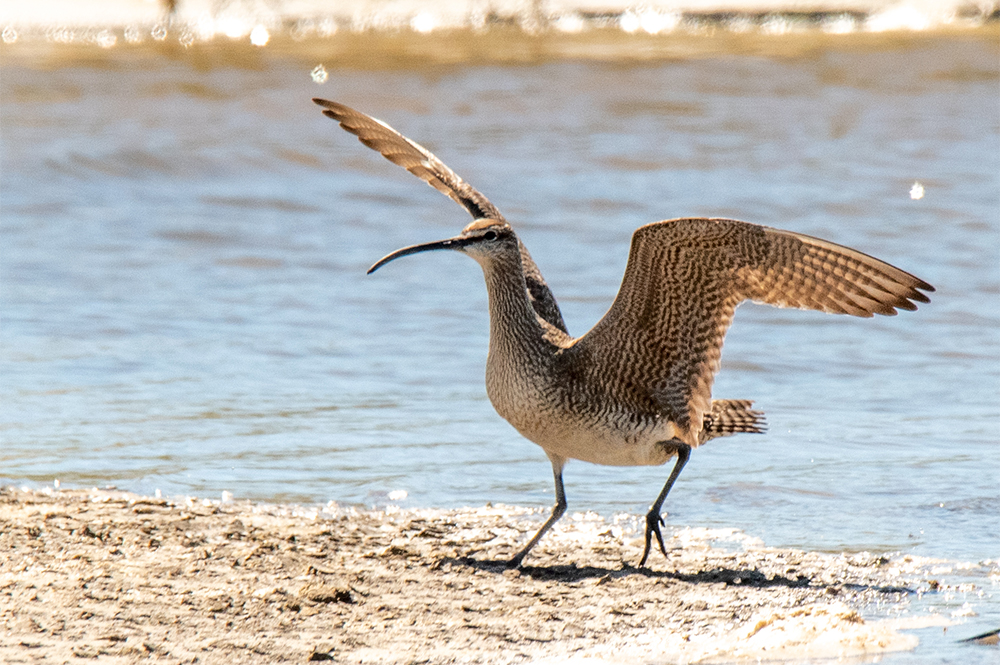
by lizzi | May 13, 2020 | News & Updates, Newsletter Vol. 8
We miss gathering with you! Due to COVID-19 concerns, we have cancelled our spring field trips, and we are focused on virtual events and fall excursions instead. Please mark these dates on your calendars, stay tuned for more details, and plan to join us! June 2020 A...
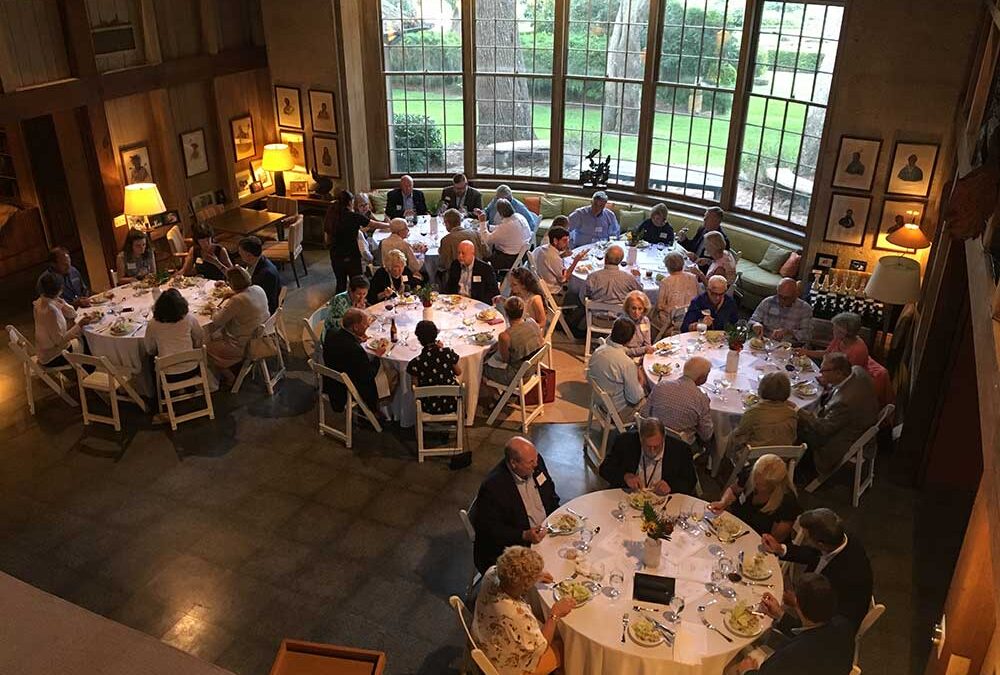
by lizzi | Dec 11, 2019 | News & Updates, Newsletter Vol. 7
Co-hosted by Stewards of the Georgia Coast and the Communities of Coastal Georgia Foundation, the Conservation Donors Roundtable has become an annual tradition in the Golden Isles. Roundtable hallmarks include an audience between 45 – 50 people, great fellowship and...
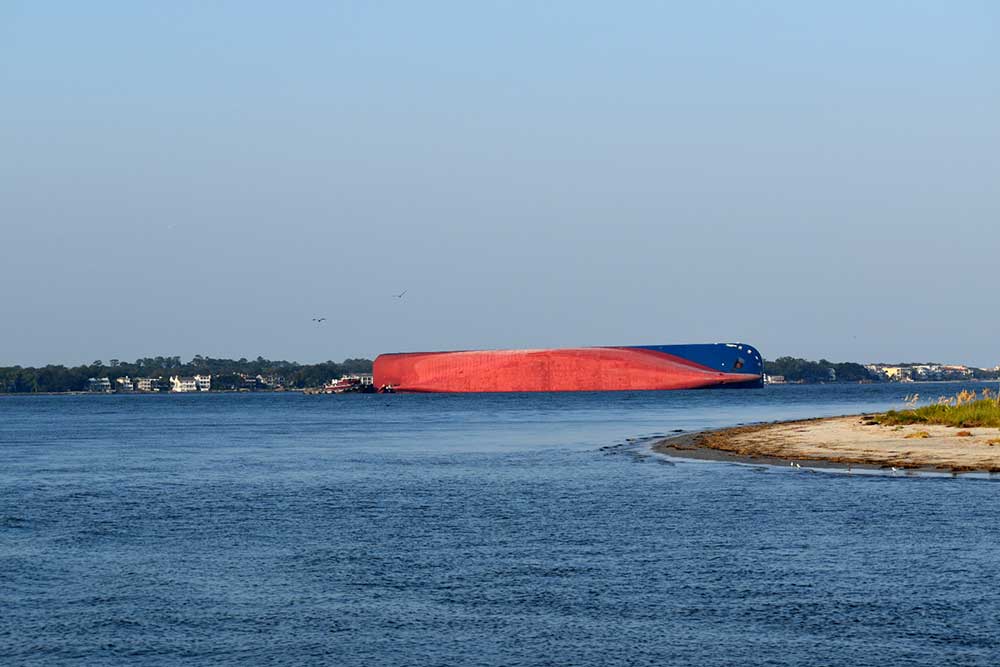
by lizzi | Dec 11, 2019 | News & Updates, Newsletter Vol. 7
In 1879 the salt marshes east of Brunswick inspired Georgia poet Sidney Lanier to compose “The Marshes of Glynn,” a poem later memorized statewide by generations of Georgia schoolchildren. Undoubtedly, many of these children had never seen the marshes for themselves....
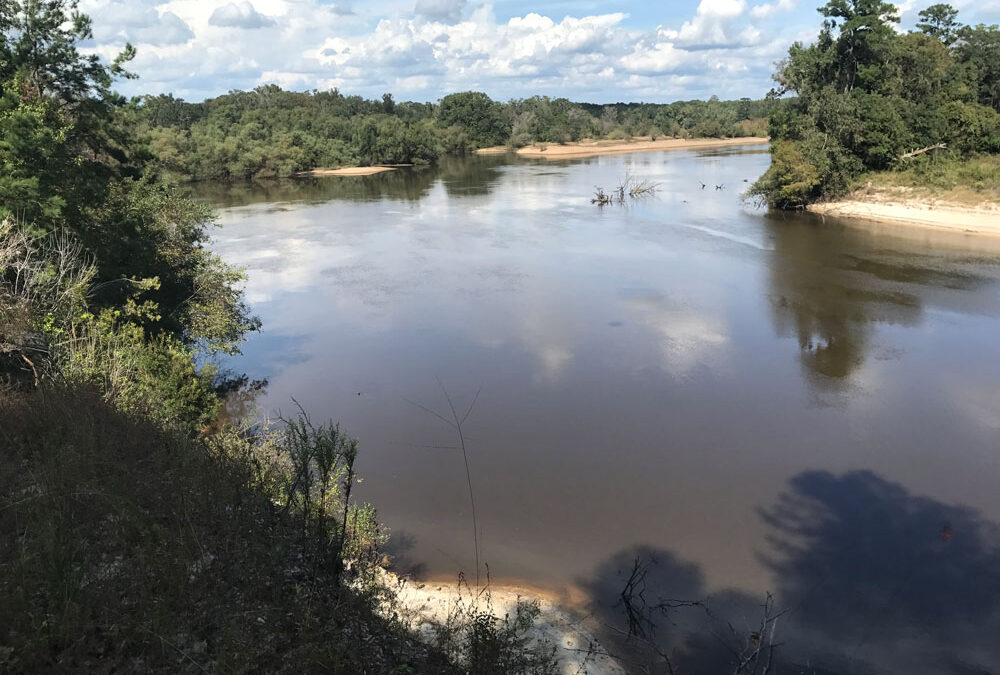
by lizzi | May 28, 2019 | News & Updates, Newsletter Vol. 6
By Dorinda Dallmeyer Known for creating conservation solutions that “make environmental and economic sense,” The Conservation Fund is one of many partners collaborating on land conservation in the Altamaha watershed. Andrew Schock, the Fund’s Georgia State...
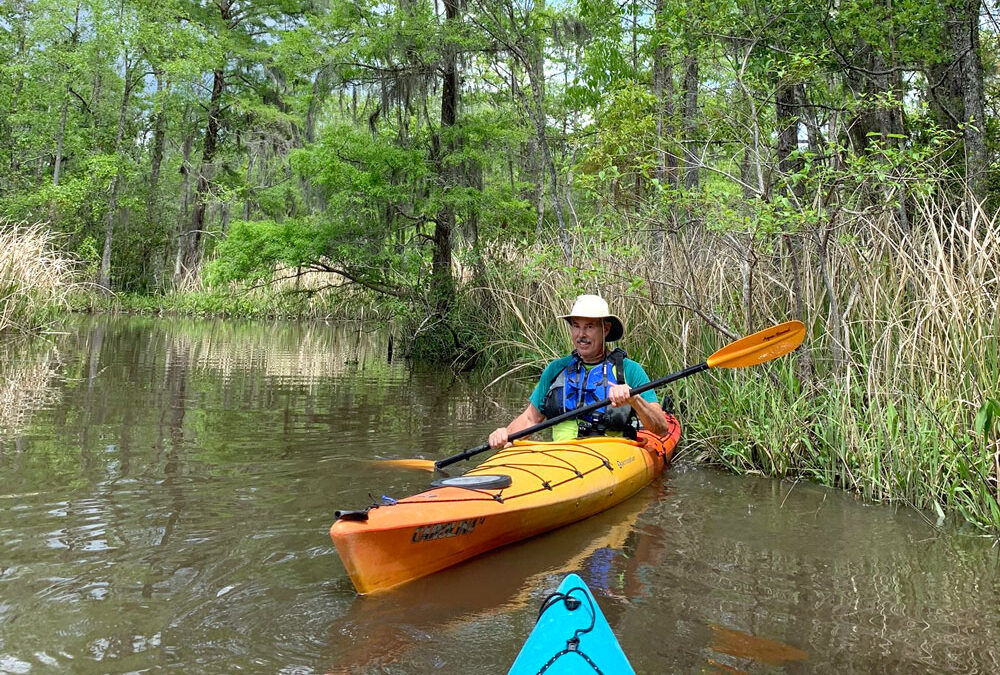
by lizzi | May 23, 2019 | News & Updates, Newsletter Vol. 6
By Dorinda Dallmeyer If you want to experience the mighty Altamaha watershed firsthand, it’s now possible to paddle 443 miles on designated water trails from near the river’s headwaters east of Lithonia all the way to Darien. It’s not quite...







